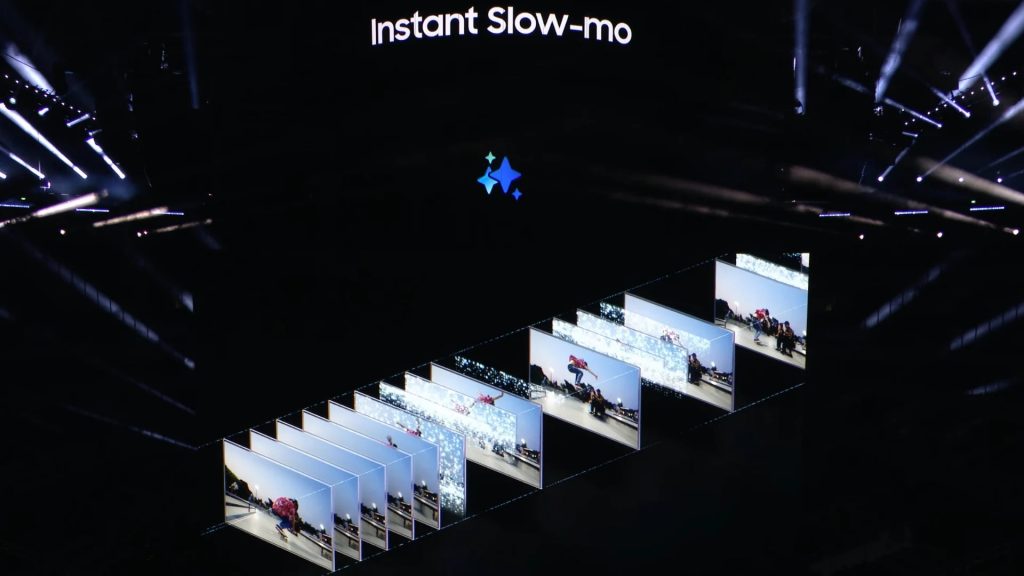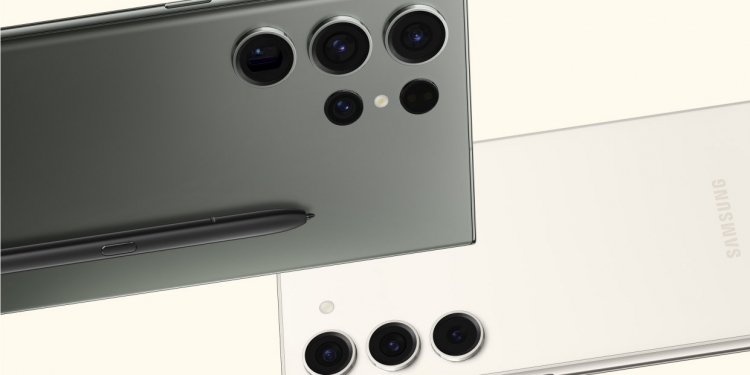As part of the launch of the Galaxy S24 series of phones, Galaxy AI was pushed as the big feature for 2024. We have previously covered some of the Galaxy AI features that will be heading to the Galaxy S23 series, but now we have another tip: one more feature will be joining the announced list.
Instant Slo-mo is coming to the Galaxy S23 series
Instant Slow-mo is a new feature introduced with the Galaxy S24 where users can create slo-mo clips from their own videos. Unlike normal slow-mo where the video is captured at high speed, and then slowed down, the feature works by having the phone create the missing intermediate frames automatically using AI. Users just need to press and hold a clip on the screen and the phone will automatically create a slow-mo clip to watch, save or even edit. All the processing and frame generation will be in real-time as long as you keep pressing on the screen.
According to tipster @tarunvats33 on X, the feature will be heading to the following models:
If you notice, all the devices listed above are using Qualcomm’s Snapdragon 8 Gen 2 processors. There is a reason anything older is not listed – Samsung says the AI feature needs a capable SoC to run the calculations. Based on a post by a moderator on Samsung’s Korean Community site, the phone must process 60fps videos within 16.6 milliseconds for smooth slow-motion playback in real-time, so a powerful processor is needed. The same moderator suggests that the SoCs in the Galaxy S22 series, as well as the 4th-gen foldables, are not up to par.
Instant Slow-mo will get updates soon

Along with bringing the feature to the older Galaxy S23, Samsung is also working on improving the feature. Previously, it could only work with .mp4 files, but in the future, Samsung will be adding support for .mov files as well. Additionally, the minimum resolution that Instant Slo-mo can work will be lowered to 480p from the current 720p. The max resolution currently is 8K. Lastly, Samsung will add support for 10-bit videos, from the maximum 8-bit video currently.
Do take note that slow-motion videos can only be created with content captured with the cameras. So videos from downloaded, shared, screen-recorded sources, web-only streaming files, or cloud-saved videos are not supported due to different resolutions and video quality.








